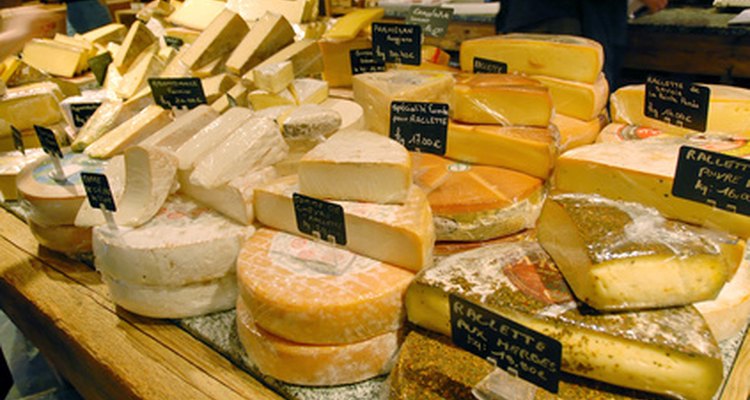
The kind of microorganism -- bacteria or fungus -- required to make cheese varies with the type of cheese. Some cheeses use a combination of microorganisms, while others require only one.
Bacteria

The primary function of bacteria in cheese-making is to acidify the milk by eating the milk sugar (lactose). The bacteria are added as cheese starter, of which there are two types. Mesophilic starters can be directly added to the milk and usually contain several subspecies of Lactococcus lactis or Leuconostoc mesenteroides. Thermophilic starters must be cultured before they can be added to the milk and contain Streptococcus thermophilus or Lactobacillus delbrueckii .
Fungi

Fungus (or mold) spores are used to make cheeses with bloomy rinds or with veins. Penicillium camemberti is the primary fungus used for rinds, in cheeses such as camembert and brie. Penicillium roqueforti is used for blue or veined cheeses such as roquefort, stilton, gammelost, and gorgonzola.
Other Microorganisms

Certain types of bacteria are required for the production of specific cheeses, in addition to the starter bacteria and fungi. For example, Swiss cheeses require propionic acid bacteria to achieve their characteristic round holes.
Related Articles
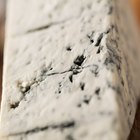
What Good Bacteria Is in Cheese?

A List of Foods Containing Microbes
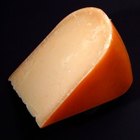
What Is Animal Rennet?

Difference Between Fermented Milk & ...
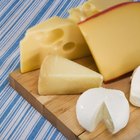
The Difference Between Fresh Cheese & ...
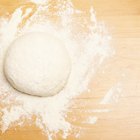
Baking Substitutions for Ricotta Cheese
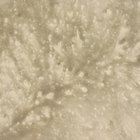
Uses for Curdled Milk
How to Pan-Fry Cheese

How to Store Parmigiano Reggiano
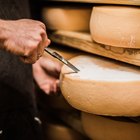
How to Make Muenster Cheese

Why Is Milk a Good Medium for Bacterial ...

What Types of Cheeses Are Unpasteurized?

What Are Rennet Tablets?
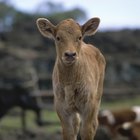
List of Vegetarian Cheeses

Can You Make Homemade Mozzarella Cheese ...

How to Store Cheese

How to Defrost Frozen Mozzarella

How to Freeze Cheeses

How to Tell if Mozzarella Is Bad

Does a Sliced American Cheese Product ...
References
- Dairy for All: Starter Culture
- University of Hawaii Botany Dept., Faculty Lecture: Fungi In Manufacturing of Food
- Food Info: Dairy, Cheese Production
- "The Murray's Cheese Handbook"; Rob Kaufelt; 2006
Writer Bio
Wendy Anderson has been writing professionally since 2006, and has had poems, short stories and essays published in several local literary magazines. She has also been copy-editing for more than 15 years, and has worked with local and national authors and publishing houses. She holds a Bachelor of Arts in English from Lambuth College.
Photo Credits
FRENCH CHEESE image by Pierre HELGER from Fotolia.com